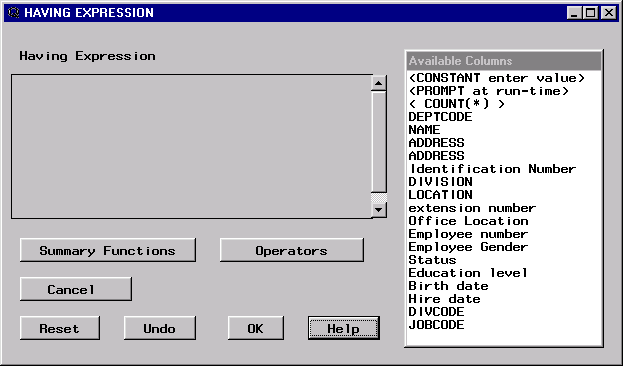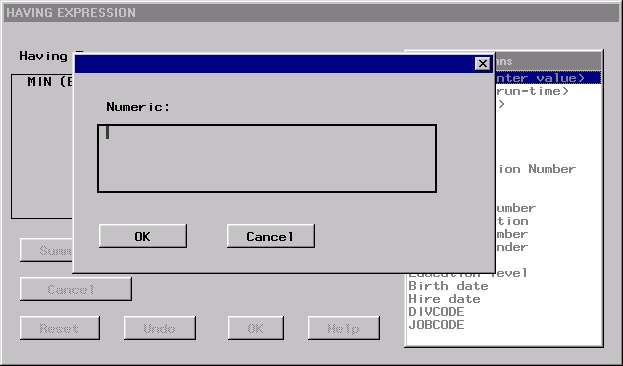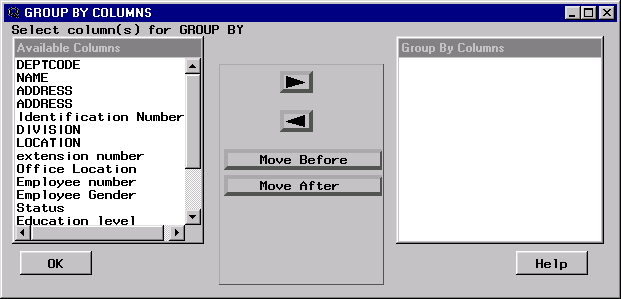Subsetting Groups of Data with the HAVING Condition
How to Subset Groups of Data with the HAVING Condition
The
HAVING condition specifies the condition or conditions that each group
must satisfy in order to be included in the query output. You can
use a HAVING condition to subset grouped data by using HAVING in the
same query with a GROUPBY and a summary function.



